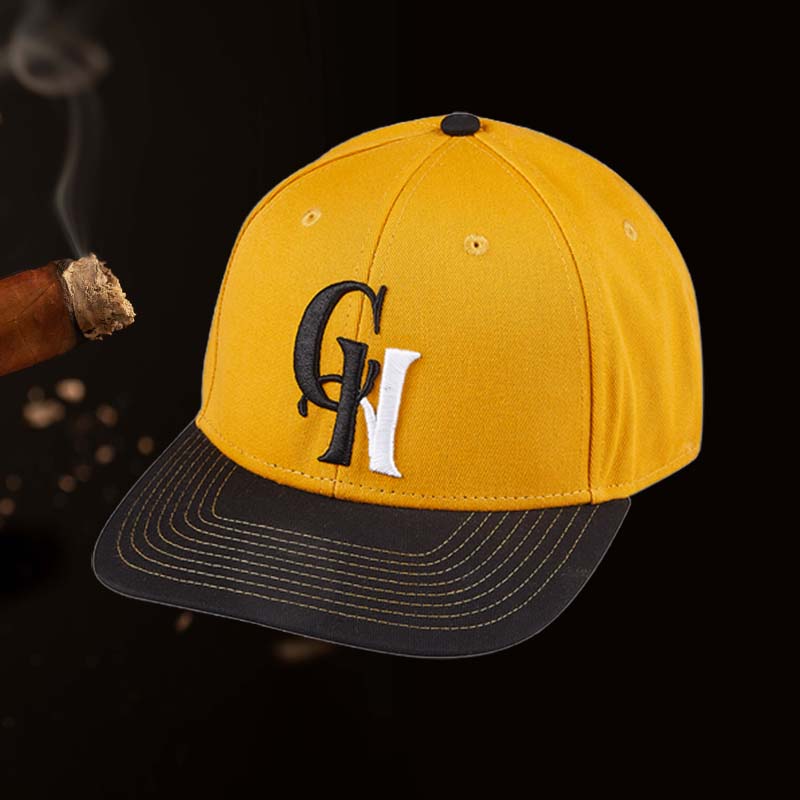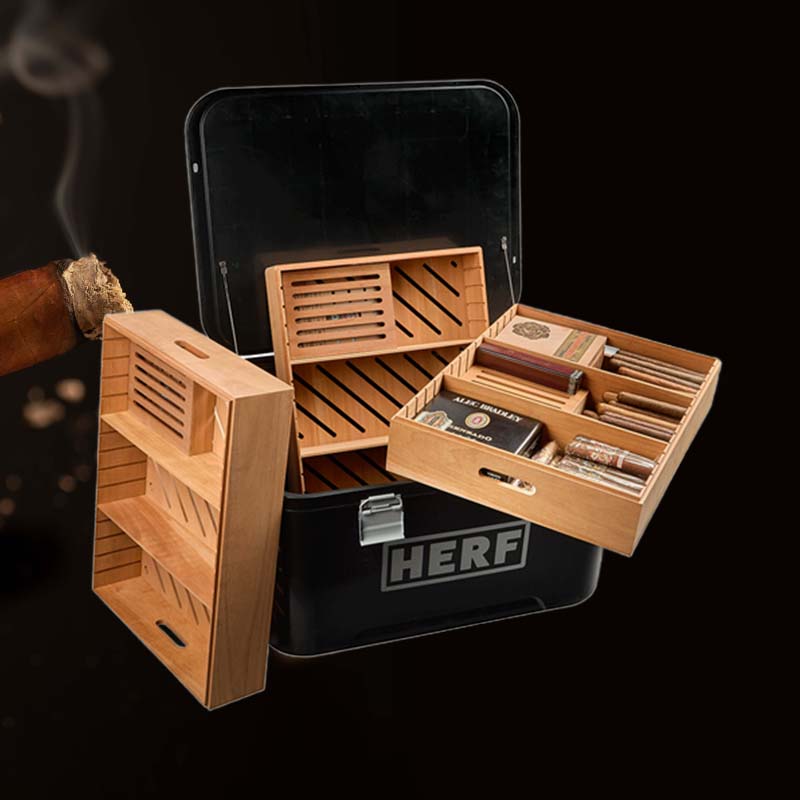How to fix a torch lighter
Einführung: Reparieren Sie diesen Jet -Feuerzeug, den Sie lieben
There’s something utterly satisfying about the moment I flick open my torch lighter and hear that satisfying „rauschen“ as the flame comes to life. But what happens when that moment doesn’t occur? I’ve been there—standing in the midst of a good cigar session, only to be faced with a defunct lighter that refuses to ignite. Heute, I’ll share my journey through troubleshooting and fixing that torch lighter I’ve grown so fond of. Lassen Sie uns eintauchen!
Schritt 1: Also, was Sie dafür benötigen

Before we start our repair journey, it’s vital to have the right tools. Here’s a quick list of what you’ll need:
- Butanbrennstoff
- Schraubendreher (Phillips or flat-head depending on your lighter)
- Compressed air duster or a soft brush
- Lint-free cloth or paper towel
- Multimeter (optional, for spark testing)
Schritt 2: OK Diagnosezeit Doktor

Now that we’ve gathered our supplies, it’s time for some diagnosis. It’s just like visiting a doctor; we need to understand what’s wrong before we can fix it!
1. Make Sure Your Lighter is Properly Fueled
In erster Linie, I always check if my lighter has sufficient butane. Believe me, Es ist ein allgemeines Versehen. If it’s low on fuel, you likely won’t have a flame, no matter how many times you try to ignite it.
Schritt 3: Öffnen Sie Ihr Feuerzeug auf

Jetzt, let’s gently open up your lighter to get a look at the internals. Use your screwdriver to unscrew the base carefully. Take note of how everything fits together; it’ll help when reassembling!
Schritt 4: Einstellen der Flammenhöhe
Adjusting the flame height can often solve ignition issues. Sometimes my lighter’s flame can be too low, making it difficult to ignite. Glücklicherweise, this is a simple fix.
2. Passen Sie die Flammeneinstellung an
Suchen Sie das Zifferblatt der Flammenanpassung, usually at the bottom of most lighters, and turn it clockwise to increase the flame height. Test it a few times to find the sweet spot that works for you!
Schritt 5: Cleaning the Jets and Ignition Area

A clean lighter is a happy lighter. I’ve found that over time, debris and residues accumulate in the ignition area, hampering performance.
3. Clean the Jets and Ignition Area
Using compressed air or a soft brush, I give the jets a thorough cleaning. This ensures that nothing is obstructing the flow of gas and allows for a stronger ignition spark.
Schritt 6: Troubleshooting Common Ignition Problems
If the lighter is still not working, it’s time to troubleshoot common ignition problems.
4. Check the Ignition Spark
Mit einem Multimeter, I can check if the ignition spark is functioning. Wenn nicht, it might need replacing or there may be a wiring issue to address.
Schritt 7: Identifying and Resolving Fuel Issues

Fuel issues are another common culprit. If you’ve confirmed there’s enough butane, it’s time to perform a deeper check.
5. Refilling Problems
I always make sure I’m using the right type of butane; sometimes the lighter can be picky. If it still doesn’t work, I try purging the lighter to remove old fuel and refill it again.
Schritt 8: Addressing Common Torch Lighter Issues

Let’s take a moment to identify a couple of other common issues.
6. Clogged Nozzle
If the lighter emits a weak flame or none at all, there might be a clogged nozzle. I’ve had success using compressed air to clear it out.
7. Flammenprobleme
Sometimes the flame flickers or burns unevenly. A quick adjustment of the flame setting or cleaning the jets usually resolves this.
Schritt 9: Reassembling Your Lighter

After completing all necessary repairs, it’s time to put everything back together. I make sure to follow the assembly order I noted earlier, so nothing is out of place.
Schritt 10: Final Checks and Testing
Before celebrating my successful repair, I conduct a few final checks.
8. Check for Gas Leaks
I apply a small dab of soapy water around the seams. If I see bubbles forming, that’s a telltale sign of a leak that needs addressing.
9. Ensure No Overheating
Endlich, I turn on the lighter for a moment to ensure it doesn’t overheat. A little troubleshooting here can save you from potential harm!
Häufige Probleme mit Fackelschikanten

Some common issues with torch lighters include inadequate fuel, verstopfte Jets, malfunctioning ignition systems, and improper flame settings. Understanding these issues allows me to take swift action.
Wirksame Lösungen für die Befestigung von Fackelschikanten
To effectively fix a torch lighter, ensuring proper fuel levels, Regelmäßige Reinigung, adjusting flame height, and addressing specific ignition issues have always resulted in success for me.
Häufig gestellte Fragen

Wie repariert man ein Torch -Feuerzeug, das nicht ausfasst?

If a torch lighter won’t spark, I check the ignition system first and confirm if there’s a sufficient fuel source. Cleaning the jets often helps spark ignition.
Was bewirkt, dass ein Fackel leichter nicht mehr funktioniert?

Häufige Ursachen sind leere Kraftstofftanks, verstopfte Jets, poor ignition systems, and mechanical faults. I always check these areas first when troubleshooting.
Wie reparieren Sie ein verstopftes Fackel leichter?
Eine verstopfte Fackel leichter zu reparieren, I use compressed air or a soft brush to clean the jets and ignition area, ensuring no blockages remain that could affect performance.
Warum ist mein Taschenlampe leichter und lässt Butan nicht frei.?

If my torch lighter isn’t releasing butane, I check for fuel blockage and adjust the release mechanism. A simple purge of old fuel can also resolve this issue.
Abschluss: Enjoy Your Torch Lighter Again
After all these steps and a little elbow grease, I can finally enjoy my torch lighter once more. It’s incredible how a few simple fixes can bring back that reliable flame. Glückliche Beleuchtung!





